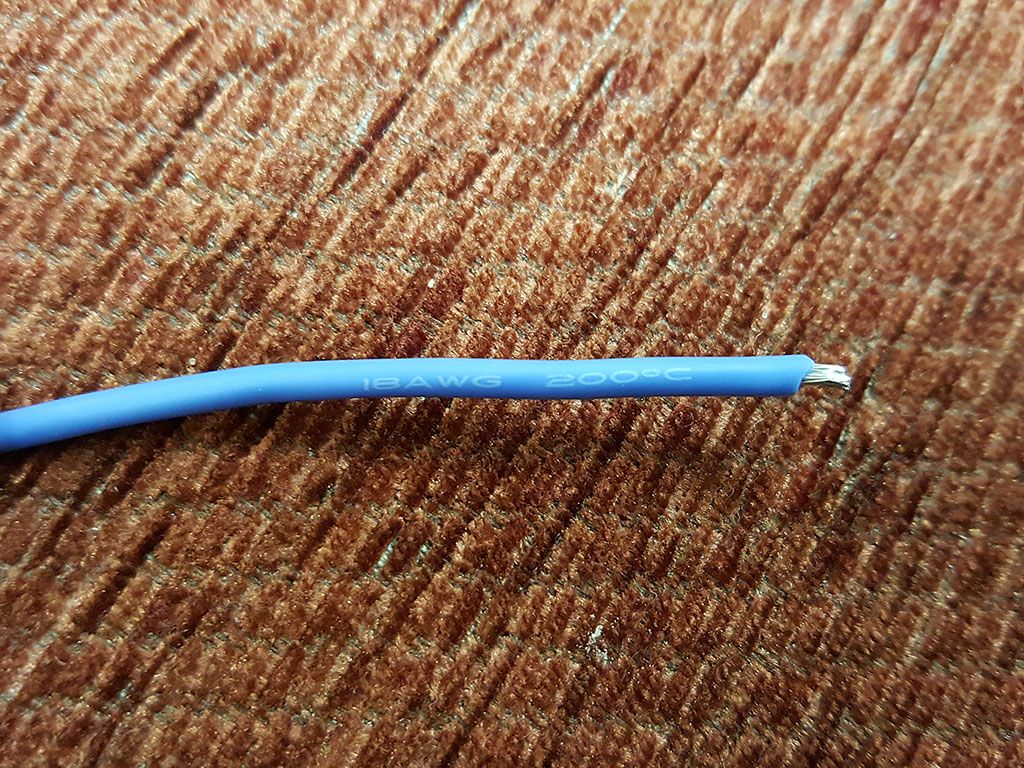tractable09
Chemical
- Oct 22, 2009
- 9
I am a hobbyist for small electrical projects and chemical engr. by profession. I have an 18AWG wire connected to 12V DC and giving power to a load with 10A current passing through wire. I want to put a higher load with 48V DC but the current will be 10A again. In 3rd case I want to use same wire but with 220V AC and 10A current. Can the same 18AWG wire handle the 10A current in each case of different voltages? The wire specs tell me only the current rating, nowhere voltage rating is mentioned for the wire.
Is there any limit to the maximum voltage across the wire?
Thanks,
Is there any limit to the maximum voltage across the wire?
Thanks,

